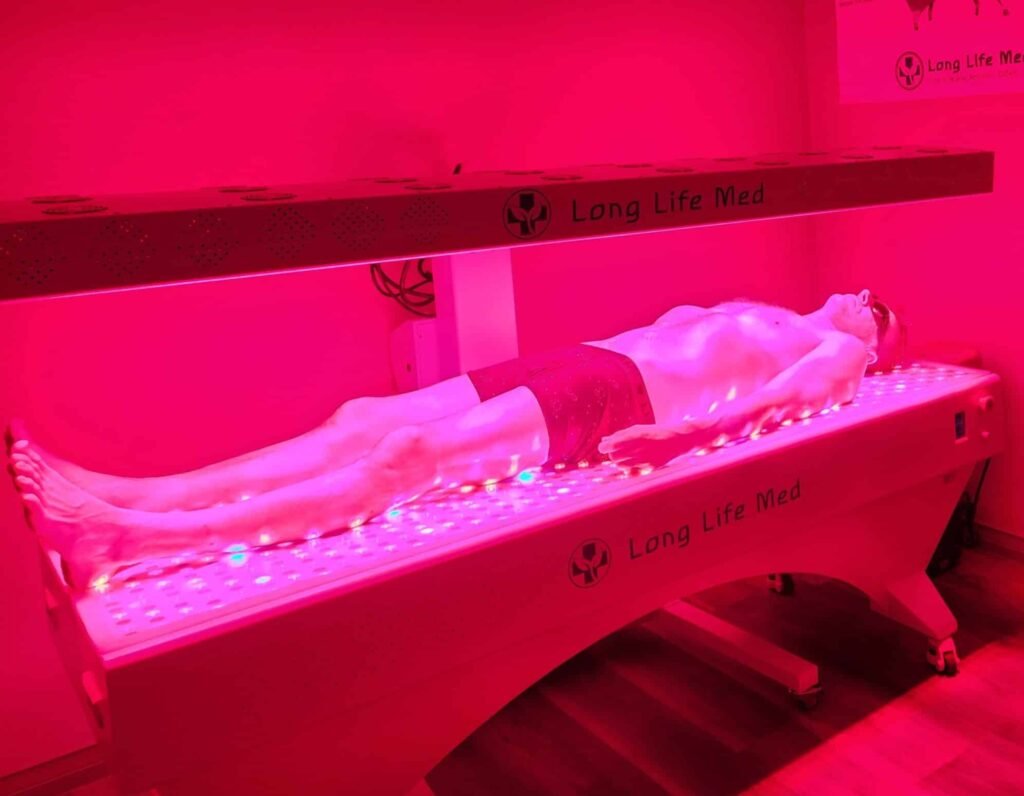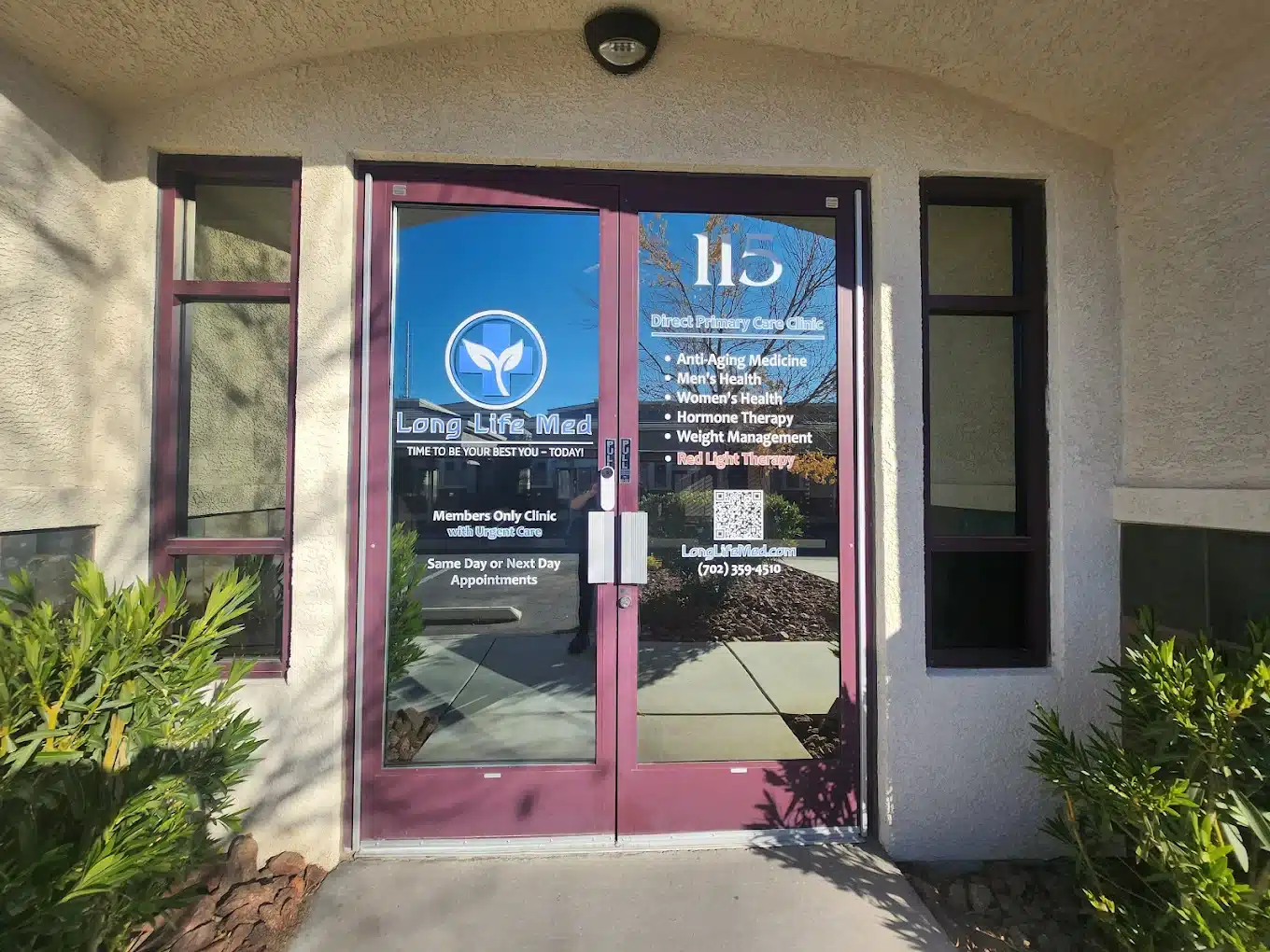Pain is the body’s natural warning system, signaling that something is wrong. However, not all pain is the same. Understanding the difference between acute pain and chronic pain is crucial in finding the right treatment and improving overall quality of life.
Pain, in its various forms, can profoundly affect an individual’s quality of life. It can lead to emotional distress, changes in lifestyle, and a decreased ability to perform daily activities. Understanding pain mechanisms and how they affect the body is crucial for effective management.
Examples of Acute Pain Scenarios
In another example, post-operative pain following surgery is acute and often follows a predictable course as the body heals. Surgeons typically provide pain management strategies post-operation to ensure the patient’s comfort and recovery.
Consider a scenario where an athlete twists their ankle during a game. The immediate sharp pain signals that there is an injury that needs attention. Treatment often includes ice, elevation, and rest. Understanding that the pain will subside with healing helps manage the athlete’s expectations.
Understanding Acute Pain Mechanisms
Acute pain is a protective mechanism, alerting the body to injury. When tissues are damaged, they release chemicals that activate nerve endings. This process is known as nociception. The brain processes these signals, which results in the sensation of pain, prompting the individual to react quickly, such as withdrawing from a hot surface.
What is Acute Pain?
Acute pain is a sudden, short-term pain that typically arises from an injury, illness, or surgery. It acts as an alert to potential damage and usually subsides once the underlying cause is addressed.
Characteristics of Acute Pain:
✔ Sudden Onset – Appears abruptly after an injury or medical procedure.
✔ Short Duration – Lasts for a few days to a few weeks (less than 3-6 months).
✔ Identifiable Cause – Often linked to trauma, surgery, burns, or infections.
✔ Sharp and Localized – Usually easy to pinpoint.
✔ Resolves with Healing – Disappears once the body recovers.
Common Causes of Acute Pain:
- Surgical recovery (post-operative pain)
- Sports injuries (sprains, strains, fractures)
- Tooth extractions
- Burns and cuts
- Infections (ear infections, strep throat, UTIs)
Treatment for Acute Pain:
- Rest and Recovery – Allowing the body time to heal.
- Medications – Nonsteroidal anti-inflammatory drugs (NSAIDs), acetaminophen, and short-term use of prescribed pain relievers.
- Physical Therapy – Helps restore movement and prevent stiffness.
- Cold or Heat Therapy – Reduces inflammation and improves blood flow.
What is Chronic Pain?
Unlike acute pain, chronic pain persists beyond the normal healing period, often lasting more than three to six months. It can significantly impact daily life and is sometimes difficult to diagnose and treat.
Characteristics of Chronic Pain:
Effective treatment for acute pain not only alleviates discomfort but also aids in the healing process. For instance, physical therapy can enhance recovery by improving mobility and strength.
Understanding Chronic Pain Mechanisms
Chronic pain can arise from conditions such as arthritis, fibromyalgia, or previous injuries. Unlike acute pain, chronic pain often persists without a clear cause and can significantly affect daily activities.
The mechanisms underlying chronic pain often involve complex interactions between the nervous system and the brain. For example, the brain may continue to send pain signals even after the initial injury has healed, leading to ongoing discomfort.
Real-Life Impacts of Chronic Pain
Individuals with chronic pain may face challenges in their personal and professional lives. For instance, someone with fibromyalgia may struggle with fatigue and widespread pain, impacting their ability to work or engage in social activities. Understanding these challenges is vital for caregivers and healthcare providers.
✔ Long-Lasting – Persists for months or even years.
✔ May Not Have a Clear Cause – Sometimes continues after an initial injury has healed.
✔ Dull, Burning, or Aching Sensation – Can be constant or intermittent.
✔ Affects Mental and Emotional Well-Being – Linked to fatigue, depression, anxiety, and sleep disturbances.
Common Causes of Chronic Pain:
Furthermore, chronic pain can lead to emotional difficulties, including anxiety and depression, as individuals cope with persistent discomfort. Addressing these emotional aspects is crucial in managing chronic pain effectively.
- Arthritis (Rheumatoid/Osteoarthritis)
- Migraines and Frequent Headaches
- Nerve Damage (Neuropathy, Sciatica, Fibromyalgia)
- Chronic Lower Back or Neck Pain
- Post-Surgical or Post-Trauma Pain
Treatment for Chronic Pain:
- Multidisciplinary Approach – Combining lifestyle changes, therapy, and medical treatments.
- Physical Therapy & Exercise – Improves flexibility, strength, and function.
- Mind-Body Techniques – Meditation, acupuncture, or biofeedback to manage pain perception.
- Regenerative Medicine – New treatments like red light therapy and hormone optimization help manage chronic pain without opioids.
Key Differences Between Acute and Chronic Pain
| Feature | Acute Pain | Chronic Pain |
|---|---|---|
| Onset | Sudden | Gradual or post-injury |
| Duration | Short-term (less than 6 months) | Long-term (more than 6 months) |
| Cause | Identifiable (injury, surgery, infection) | Sometimes unknown (arthritis, nerve damage) |
| Symptoms | Sharp, localized, temporary | Dull, persistent, affects daily life |
| Treatment | Rest, medications, therapy | Long-term pain management, lifestyle changes |
Innovative Treatments for Chronic Pain
Recent advancements in pain management offer promising new treatments. Techniques such as cognitive-behavioral therapy (CBT) teach individuals strategies to cope with pain, helping to improve their quality of life.
Future Directions in Pain Management
Additionally, emerging research on the benefits of nutritional support in pain management highlights the importance of an anti-inflammatory diet, which can help reduce chronic inflammation and pain levels.
Integrative approaches, such as combining traditional medical treatments with holistic therapies, can provide comprehensive care for those suffering from chronic pain.
As we continue to research pain mechanisms, it’s essential to explore personalized pain management strategies. Tailoring treatments to individual needs will improve outcomes and enhance the quality of life for those suffering from pain.
How Long Life Med Treats Pain Naturally

At Long Life Med, we focus on non-opioid, regenerative, and functional pain management solutions. Instead of masking pain with prescription drugs, we offer:
🔹 Red Light Therapy & NIR (Near-Infrared Light Therapy) – Reduces inflammation, improves circulation, and promotes healing.
🔹 Hormone Optimization Therapy – Balances hormones like testosterone and estrogen, which play a role in pain and fatigue.
🔹 Lifestyle & Nutritional Support – Anti-inflammatory diets, supplements, and physical therapy.
🔹 Direct Primary Care (DPC) Membership – Unlimited visits with personalized pain management care.
Find the Right Pain Management Plan for You
Don’t let pain control your life. If you or a loved one suffers from acute or chronic pain, let our team at Long Life Med help you find lasting relief with non-invasive solutions.
With advancements in technology and a better understanding of pain, patients can expect more innovative solutions to help manage their conditions effectively.
📍 Visit Us: 8870 S Maryland Pkwy, Ste 115, Las Vegas, NV 89123
📞 Call/Text: (702) 359-4510
🔗 Learn More & Book an Appointment: LongLifeMed.com








